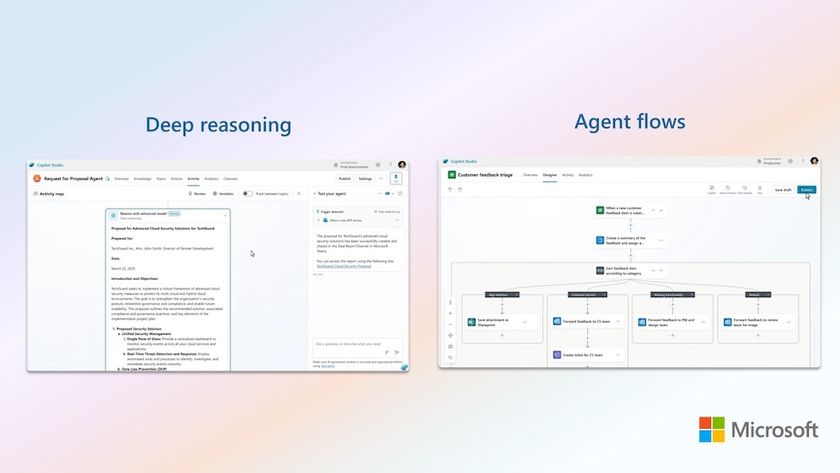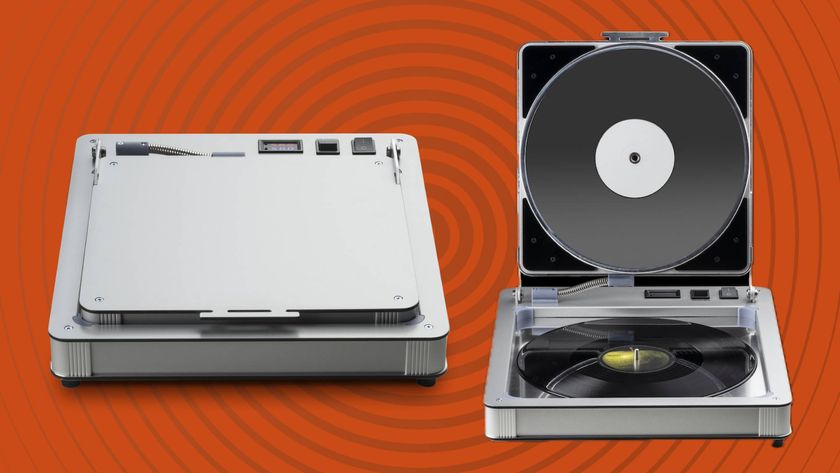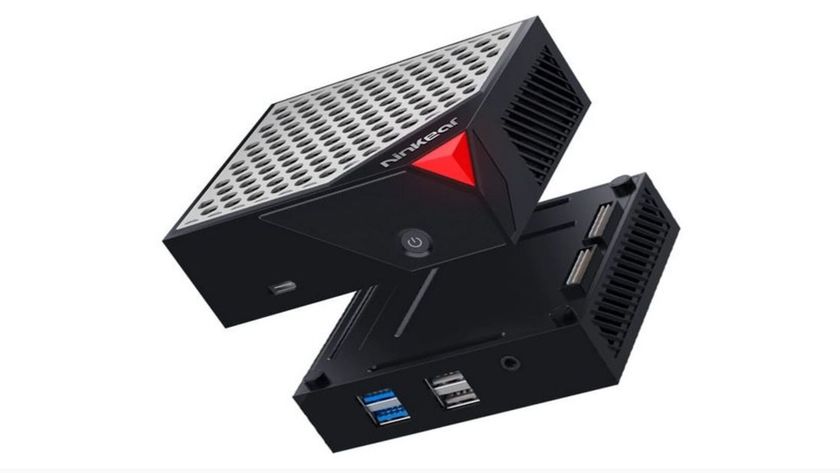"The issue is about managing the access points," he says. "If they need to cable up every time it defeats the whole object."
Proliferation problem
There are potential problems. 11ac may have a shorter range, but over time this could encourage a proliferation of APs, and if those from different networks are relatively close they can interfere with each other.
Also, while 11ac will be able to bond more channels to increase throughput, this can reduce the number available and create a situation where adjacent APs try to share a channel but only one can use it. Radio resource management technology can help to prevent this by monitoring the networks and access points in an area, but Terminiello says the pressure will increase.
"There will be a point in the future, maybe five or six years, when everybody starts deploying wave 2 11ac, when we get down to two or four channels in the spectrum and it will make channel planning more difficult," he says.
Security issue
Security is also an issue. Terminiello says that, while most suppliers are likely to incorporate the WPA2 security protocol and the Advanced Encryption Standard in equipment, there are worries that some vendors will support older and weaker standards.
Kilpatrick says there are vendors "selling wireless access, not secure wireless access," and warns buyers to think carefully about security from the beginning.
"The problem, and this is endemic, is that people see the benefit of something, deploy it, and in the future, typically five years, begin to defend against it," he says. "Often they don't want to take the costs of reducing vulnerabilities with the initial deployment; but if they wait until they get hacked the costs are going to be much heavier."
Are you a pro? Subscribe to our newsletter
Sign up to the TechRadar Pro newsletter to get all the top news, opinion, features and guidance your business needs to succeed!
He also has a broader concern abut 802.11ac, that people will simply begin laying its APs over their existing 11n networks and create problems for the future.
"It will cost them a lot of money and at some point in the future they will have to redesign the lot because they started at the wrong place," he says. "You've got a structure that's going to migrate from 2.4GHz to 5GHz, which means all those 2.4GHz access points will become redundant at some point in the next 18-24 months. Then you've got a whole overlay where you've got to put in more cabling as you add more access points."
Strategic approach
His advice is to think about it strategically, not tactically, as this will ultimately prove more productive and less expensive.
Terminillio plays up the positives more, but also tells people to begin planning now.
"The stand out piece is that 802.11 ac is coming, so embrace it and start to plan for it, because it offers major advantages in throughput, quality and coverage. It's already on some smartphones and tablets and it will only increase over time."



















